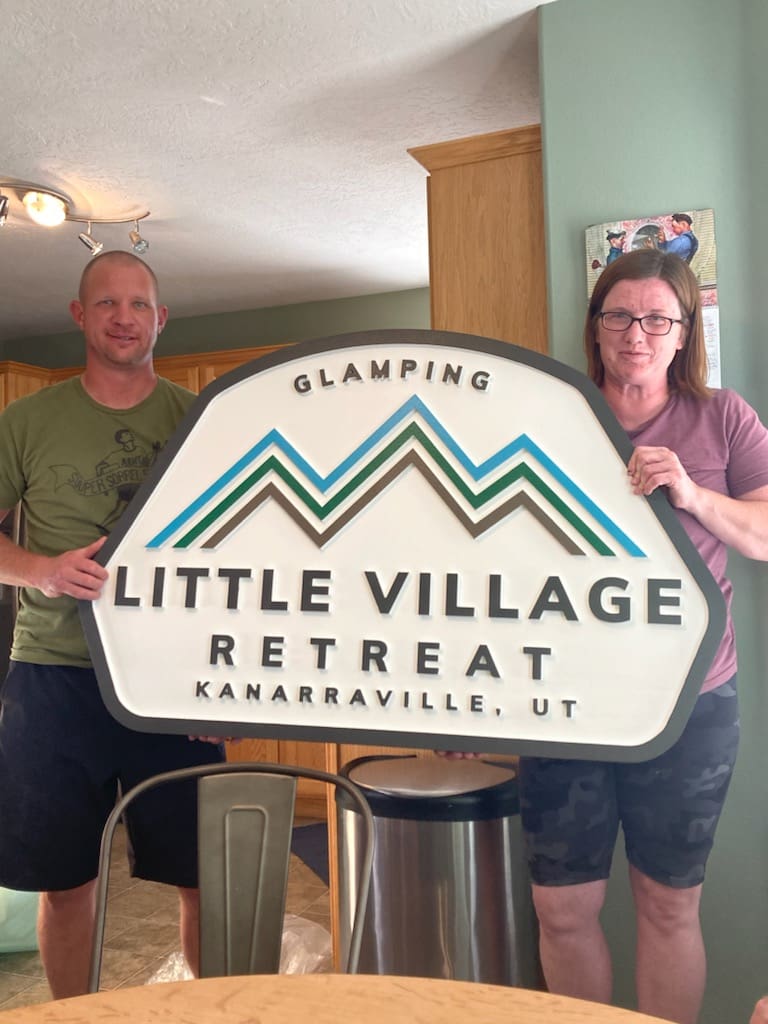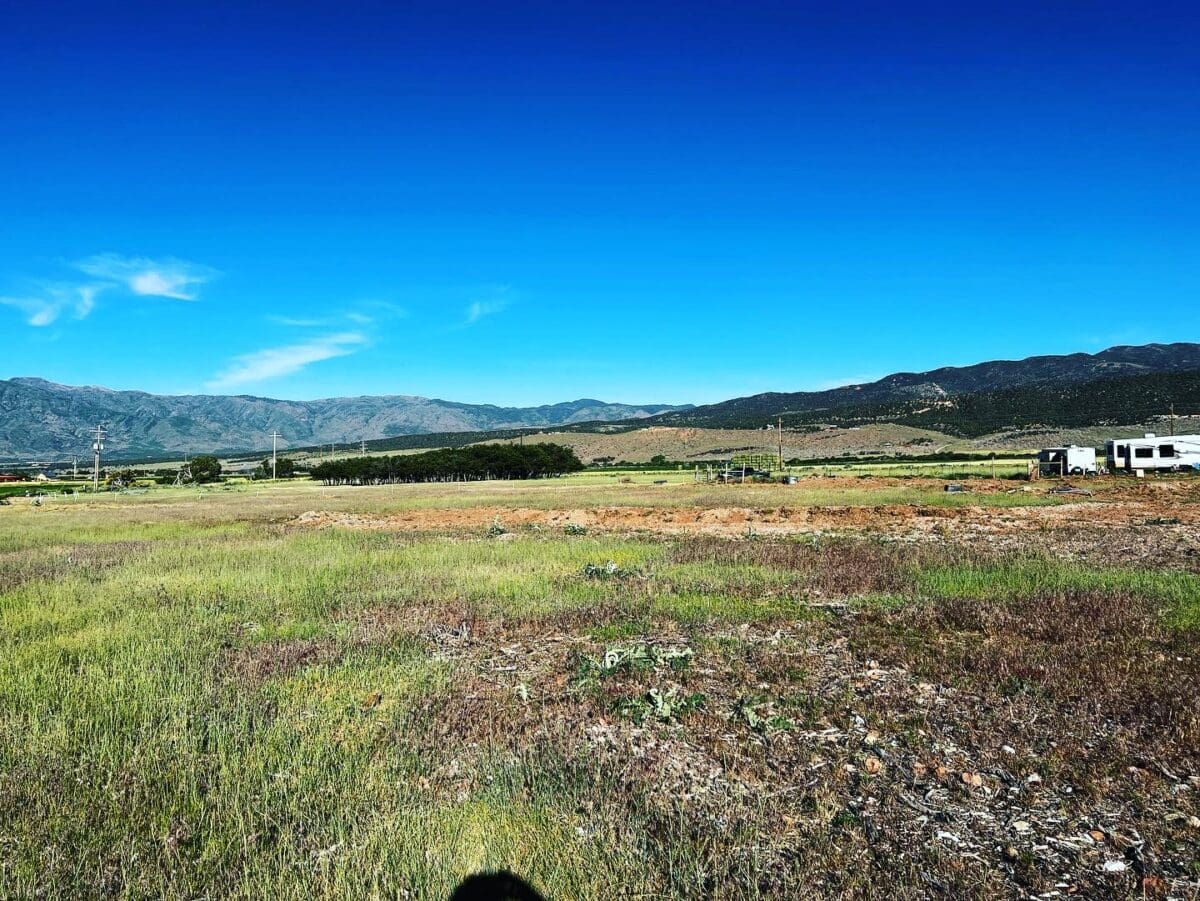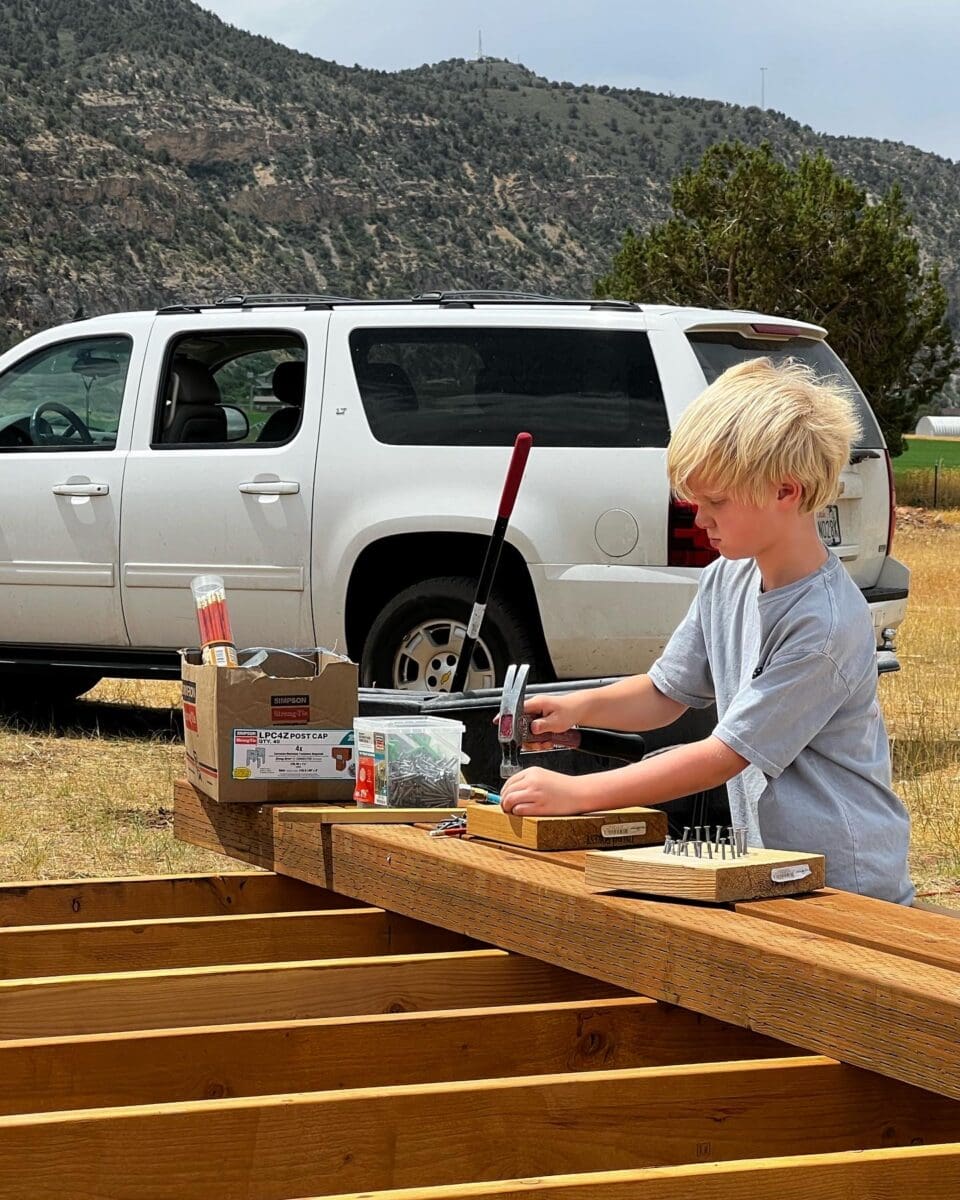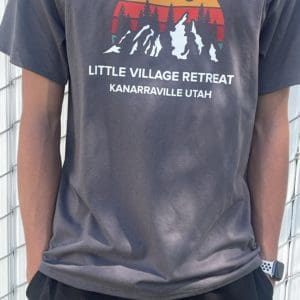
5 Mistakes We Made While Building a Glamping Retreat
Building a glamping retreat has been one of the most rewarding and challenging adventures of our lives. We’ve learned a lot along the way—mostly the hard way. If you’re thinking of starting your own retreat, here are five critical mistakes we made that you can avoid with a little foresight and planning. We wouldn’t change our journey because of all that we have learned. But if we can help someone starting on this journey avoid some of these mistakes you can save lots of time and thousands of dollars.
1. Choosing the Wrong Landlord
Sometimes you cannot afford or find property that you can build your business on. Sometimes leasing is a viable opportunity to move forward. If this is the case be very careful who you trust to be your landlord.
Your landlord can make or break your experience as a business owner. We underestimated how much the relationship would impact our day-to-day operations, future growth, and peace of mind. When a landlord lacks flexibility, communication skills, or a shared vision for the land, it can turn simple decisions into constant stress. A supportive, aligned partnership with your landlord isn’t just a bonus—it’s essential for long-term success.
We should have asked a lot more personal questions. I know, I know, this is business, it’s not personal. BUT IT IS.
If I had asked how our landlord felt about a woman making decisions about his land without his approval, or asked how he would feel if I kicked him off the leased portion, I would have received some very telling answers. Do not hesitate to ask personal questions to potential landlords to gauge their personality and their feelings about your business.
Our landlord has constantly tried to undermine our efforts and gain control of business decisions. This makes day to day operations a nightmare when they are always trying to step in. You must be able to operate your business. We now communicate with our lawyers party to every communication detail. Not only is this a hassle, it’s expensive.
Something we did very well in this situation is advocate for our business. Our landlords personal feelings about strong women and how we run our business WILL NOT STOP US. This makes them very angry. But we will not be deterred by them.
Advocate for your business!

What we started with at Little Village Retreat
2. Not Having the Right Permits
We were the first glamping retreat in our county in southern Utah. This was a great opportunity but also made for some complicated conversations. People had no idea what we were talking about. The biggest issue was with our local permit office.
Permits aren’t just red tape—they are the foundation of your legal ability to operate. Missing even one required permit can delay your opening, threaten your legitimacy, or cost you thousands in fines or changes down the line. Before you spend money on infrastructure or marketing, get crystal clear on your county’s zoning, health department, and building code requirements. You’ll save yourself time, money, and sleepless nights.
We communicated with our local permit office in what we thought was a very good and clear way. There were multiple misunderstandings. They told us we didn’t need certain permits and that we needed others. When all was said and done we needed way more permits than anyone thought.
I should have made an appointment with the guy in charge and found out all the expectations up front before our loan even closed. That seems ridiculous and over the top, but it would have given me valuable knowledge that could have secured me more funding with the bank, had I know that certain permits took longer to get, and other permits required inspections to be done at regular intervals.
Take pictures, plans, business write ups, drawing and floor plans into the permit office and talk with who ever is in charge. Get clear instructions and steps IN WRITING. Don’t be afraid. These people are usually very nice, smart and eager to help, but they don’t know everything and they haven’t been keeping up with all the latest building and glamping trends. They might not even know what glamping is!
3. Not Talking to Multiple Banks
Not all banks are created equal—especially when it comes to lending for a unique business like a glamping retreat. By only talking to one or two lenders, we missed out on better interest rates, terms, and options that may have been available. Talking to multiple banks allows you to compare not just the numbers, but also their understanding of your business model and their willingness to support your vision.
The biggest way this hurt our business was that there were others ways to finance this project that we didn’t even know about until we had secured a loan with a bank. We also didn’t have valuable information that had we talked to other banks they might have mentioned and given us better advice. Here’s a story to go with that;
We talked with a local bank that advertising states they specialize in small business loans, and they do. I know many small business owners in our area that have used this bank for funding. In our initial conversations though I was discouraged because if we put all our money towards purchasing land, we wouldn’t have anything left to build the business. I saw that as a huge road block. So I looked into leasing property. When I told the bank I was doing this, they were supportive of my efforts to lease land.
HOWEVER, when we secured a lease agreement, then secured our business loan, the bank then told me AS I WAS LEAVING, “If only you had put your money down on some land, we could’ve given you a 30 year loan term, and a lot more funding, because the bank would’ve used the land for collateral.”
Now maybe some of you already knew this. I didn’t. My husband didn’t. Neither did our cosigners. We could have started bigger and faster had we just put money towards land. So many problems would have been helped if we had know this from the start. When you talk to multiple banks you have more options because more people giving you information is more knowledge in your pocket.
Call more banks. Talk to investors. BE creative. Do not be afraid of getting advice from business advisors. Talk to as many people as possible.
4. Not Getting Working Capital Included in Our Loan
Securing funding for the build is one thing—but the need for working capital to keep the business running going during construction and once the doors are open is essential. From payroll and marketing to utilities and small emergencies, cash flow in the early days is unpredictable. Without a financial cushion, you’re forced to hustle harder than necessary and risk burnout before your business can fully stabilize.
We didn’t qualify for the additional funding, and knowing what I know now, I would have waited to secure the loan until we could figure out how to secure more funding. We needed $75K more than what the bank would give us. $75K!!!! But we didn’t know that until a year later.
YOU NEED WORKING CAPITAL. If you don’t have some. Get some. Somehow. It’s a lot easier if it’s rolled into your loan. Plan for it. We now have family that has invested in our business, that honestly didn’t really want to. They were just nice and believed in our dream.
5. Underestimating the Time It Takes to Build a Business Yourself
The DIY route might save money upfront, but it often costs you more in time, energy, and momentum. We drastically underestimated how long it would take to build everything ourselves—physically and administratively. From site prep to website setup, the time investment was massive. If we had been more realistic or invested in more help, we could have launched sooner and grown faster.
My husband and I are both very skilled and have a lot of knowledge in building, construction and DIY. So do a lot of our friends. But it still took us 9 months to get everything ready to open. If we had hired a contractor it would’ve taken less than a month. That’s an enormous difference that could have brought in revenue a lot faster and would’ve saved us money in the long run.
Seriously consider hiring help and add those costs into your business plan. Do you have the time to really move the project along? Seriously consider what would be best for the business and bring in revenue faster.
Conclusion:
Looking back, these five missteps taught us more than any book or blog post could. While we wouldn’t change the journey, we share these lessons so that others can build their dream retreat with fewer roadblocks. The glamping industry is full of opportunity, but success depends on the foundations you build—from partnerships and permits to finances and your own capacity. Learn from our mistakes, and you’ll be one step closer to a smoother, stronger launch.
Contact us anytime with questions about building a glamping retreat at littlevillageretreat@gmail.com






